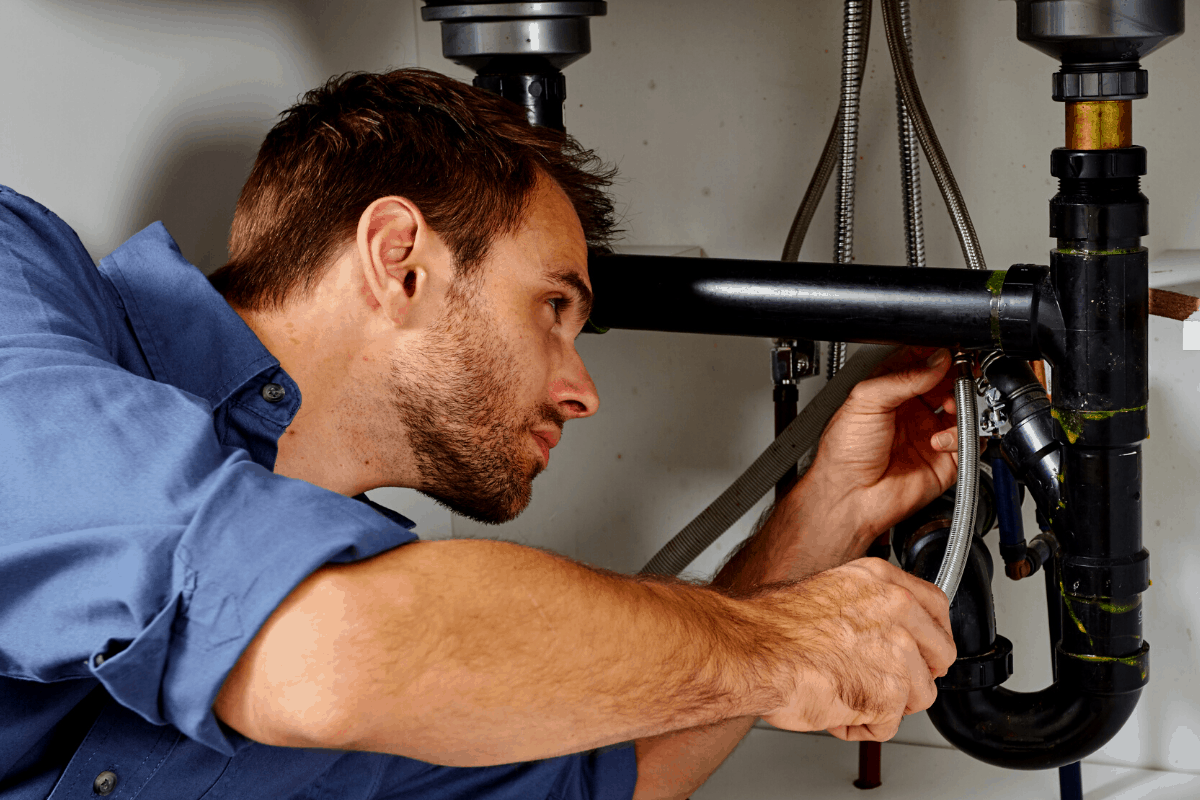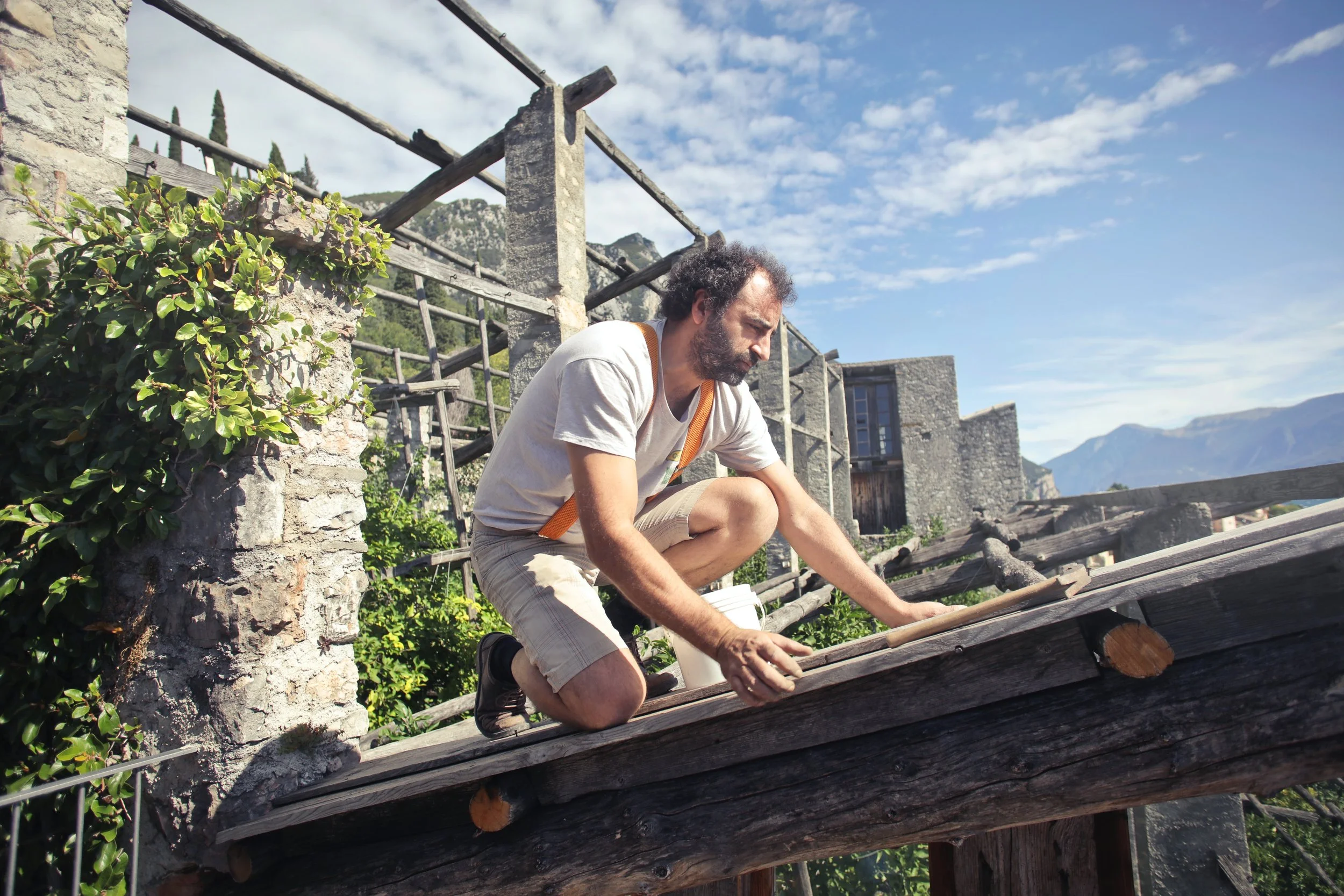Drywallers in Edmonton are always worried about making mistakes, especially when it comes to the most common ones. When it comes to home renovation, most people think they can do it all themselves. While this may be true for some things, drywall jobs in Edmonton are one area where you definitely don't want to cut corners.
Inexperienced Drywallers in Edmonton can easily make common mistakes that cost them time and money. In this blog post, we'll go over a few of the most common mistakes and how to avoid them. Whether you're an expert or a novice DIYer, don't miss this helpful advice!
Mistake 1: Not reading the instructions carefully.
Many instructions assume you already know what you're doing. If you don't read them carefully, it's easy to make common mistakes like putting up too many sheets or using the wrong type of screws. If you're a novice, it's best to read all of the instructions, so even if you forget something, you can always double-check.
Here are a few tips so you won't commit this mistake:
1. Make sure you've got all the drywall screws and nails you'll need, as well as wooden joist hangers and corner beads
2. Read up on how to cut and attach your drywall sheets, so they fit perfectly into place
3. It's better if you have a plan in place or at least know where you want your project to go before you start.
4. Hire a professional instead: This job is best left to the experts. Regardless of your experience with this project, you'll never be able to get a professional finish if you try and cut corners.
Mistake 2: Cutting the drywall too small.
One of the most common mistakes experienced, and novice DIYers make cutting the material pieces too small. If you cut your pieces too small, there's no room for error if your measurements are off, and you could end up with a poorly patched area that looks worse than before.
How to avoid this mistake:
1. Measure your wall and make sure you cut your pieces as close to that size as possible.
2. Use a straight edge to ensure a clean line before cutting.
3. Always use sharp, high-quality tools to avoid jagged edges and frayed material
Mistake 3: Not using a straight edge
Using a straight edge is one of the most essential skills for drywall jobs in Edmonton. It's also one of the easiest to take for granted. You may think you're doing a good job even without a straight edge, but once you get your finished pieces up on the wall and step back, you'll realize just how much of a difference it makes.
How to avoid this mistake:
1. Use a straight metal edge that you can screw into your work area, or use an L-shaped piece of scrap wood if you don't want to drill holes in your drywall.
2. When measuring for cuts, make sure to hold the straight edge along the wall and measure to ensure your measurements are accurate.
3. If you're hanging sheetrock in an attic, use a carpenter's level for extra assurance that everything is plumb.
4. Hiring professional drywallers: We'd recommend hiring a professional in Edmonton if you're not very handy around the house for this project. Even experienced do-it-yourselfers should consider hiring out so they can guarantee their walls will be straight and even.
Mistake 4: Not using enough screws or nails.
Inexperienced Drywallers in Edmonton frequently slap up the material without enough screws or nails. If you don't use enough fasteners, your sheetrock will likely fall off the wall within a few months. The good news is that avoiding this error is simple. By simply adding more fasteners, you'll get better results in the end.
How to avoid this mistake:
1. Always follow the manufacturer's instructions for the number of screws or nails you should use, as this varies depending on the sheetrock material itself and where it's being installed (i.e., ceilings vs. walls)
2. Use a nail gun if possible; they make fastening very easy.
3. Hiring a professional: If you're not familiar with drywall jobs in Edmonton, this is another project best done by professionals. You can always learn how to use a nail gun and measure correctly, but working with sheetrock requires practice and experience to get a quality finish.
Mistake 5: Not using the correct type of screws or nails.
If you're not using the correct type of screw or nail on your drywall jobs in Edmonton, then there's a good chance it'll come down on its own within a few months. It's also likely that you'll be left with more holes in your walls than if you had used an incorrect screw or nail, to begin with.
How to avoid this mistake:
1. Follow the manufacturer's instructions when picking screws and nails for your drywall project
2. Hiring drywall contractors in Edmonton: If you're not familiar with the installation process, don't be afraid to ask for advice from drywallers in Edmonton. They might not have the same screws or nails you're looking for, but they can point you in the right direction.
Mistake 6: Putting the screws or nails in the wrong place.
It's common for people to hang their panels at the wrong height or to use screws that are too long, but these two things aren't the only ones. The first mistake will make your walls look as though they're sagging or leaning to one side, while the second mistake is more of a safety hazard. Suppose you drive too long of a screw through your drywall, especially into studs located behind your sheetrock. A person could be hurt or damage an appliance such as a refrigerator or oven if the protruding screw is left exposed.
How to avoid these mistakes:
1. Find the studs in your wall with a stud finder before you start nailing or screwing them in. This way, you know where the studs are behind the drywall.
2. Don't drive screws too far into your sheetrock or through your studs
3. Use a nail gun to make sure your sheetrock isn't damaged or that you don't accidentally hit any nails previously driven into the wall
The Verdict: DIY or Go Pro?
Our advice is to hire professional drywallers in Edmonton. If you're not very familiar with putting up sheetrock, then there's no shame in hiring someone who knows what they're doing to handle this project for you. Not only will your walls be much straighter and more even when the job is complete, but less time will be wasted, as well. If you go with a professional, they'll likely have all the tools and screws or nails that you need for your sheetrocking project. You'll be much happier if you hire a professional to do the job for you. Plus, it can be nice to let someone else do the work for you.
Getting it right- the first time!
Mistakes happen, but that doesn't mean you can't learn from them. If you have a project the same as this or are thinking of becoming one, avoid these common mistakes. There are experts at Edmonton Drywall Contractors who can help fix your error if you do it. Get all your drywall requirements met today.


















